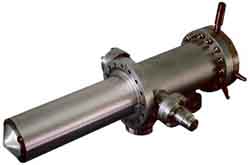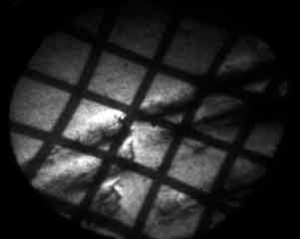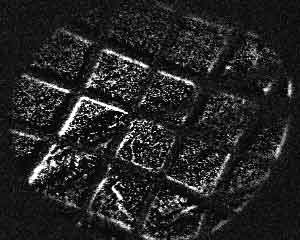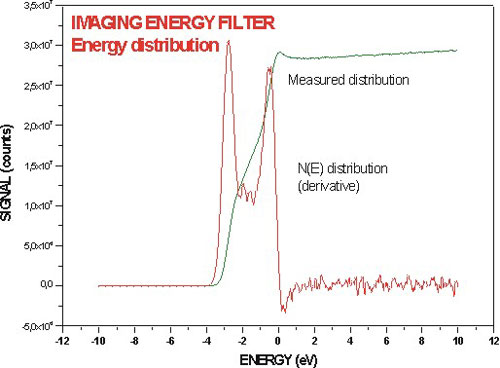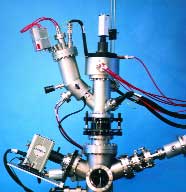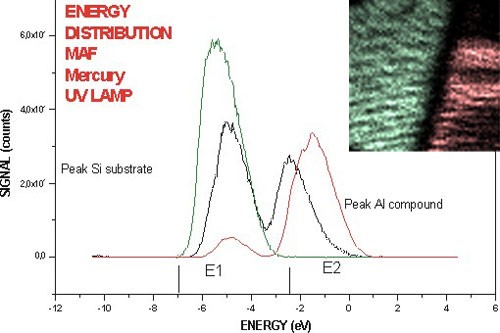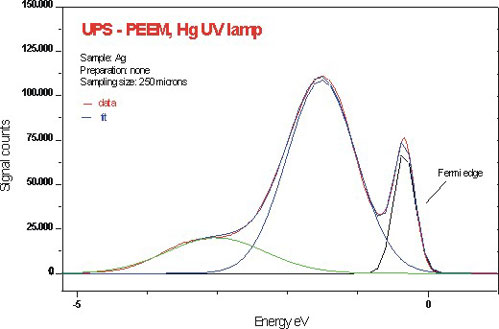A novel Instrument for Surface Analysis
PEEM is an electron microscope imaging technique. A surface is illuminated by ultraviolet (UV) radiation. The UV light generates photoelectrons for which intensity greatly depends on the chemical composition and the topography of the surface. The photoelectrons are accelerated into the microscope column, pass through a combination of magnifying lenses, and are projected onto a detector, converting the electron image into a visible image. The visible image displays the strongly magnified distribution of photoelectrons emitted from the surface. This image can be recorded at video rate using a CCD camera, allowing fast changes occurring on the surface to be recorded. The magnification can be easily controlled by voltages applied to the electrostatic lenses and can be electronically adjusted in a range up to x8000.
Besides this imaging capability, the improved design of the STAIB-PEEM offers the possibility of measuring the energy distribution of photoelectrons to characterize the atomic states on the sample. Energy analyses are possible on the complete image at full video speed, or on a small size spot at higher sensitivity and larger dynamic range. The Imaging Energy Filter (IEF) can be mounted in-line between the detector and the microscope column. The Micro Spot Analysis Filter (MAF) is mounted on the side of the column. A stigmatic beam switch allows instant change between analysis modes while preserving the image quality.

